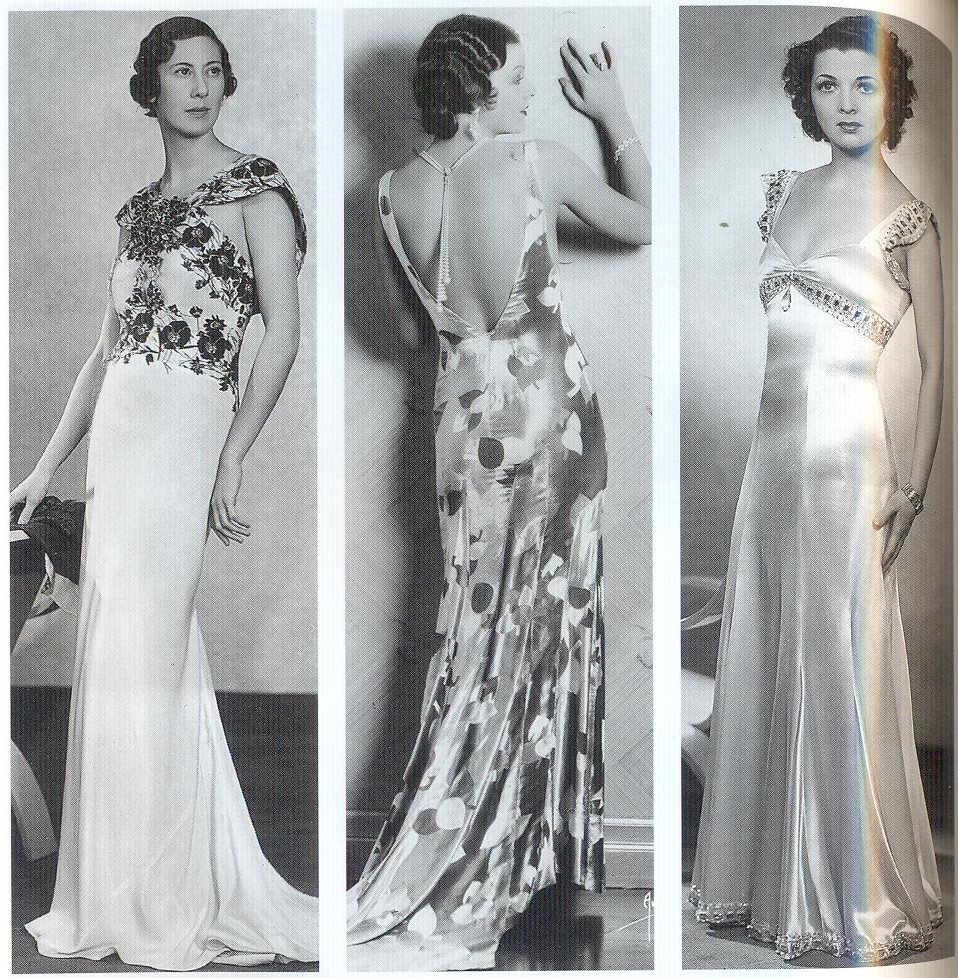Bauhaus:-
Bauhaus, was an art school in Germany that combined crafts and the fine arts, and was famous for the approach to design that it publicised and taught. It operated from 1919 to 1933.
Bauhaus literally means "house of construction"—was understood as meaning "School of Building".
The Bauhaus was first founded by Walter Gropius in Weimar. In spite of its name, and the fact that its founder was an architect, the Bauhaus during the first years of its existence did not have an architecture department. Nonetheless, it was founded with the idea of creating a "total" work of art in which all arts, including architecture, would eventually be brought together.

Fashion during the First World War:-
Women in the Land Army were trouser pioneers
Although women who worked in mines before the war wore trousers, they would cover them up with skirts during time off. Those in the Land Army didn’t have trousers as regulation uniform, despite the practical advantages – they were more likely borrowed from male members of the family. It was decades before trousers became acceptable for women away from the tennis court.
Makeup became more established during the war
Maybelline started in 1915, and it coincided with makeup – or the appearance of wearing makeup, anyway – becoming more acceptable, particularly as working-class women who could now afford it. Powder, kohl eyeliner and mascara were popular
Body hair was on its way out
Women’s uniforms had shorter skirts than were customary in 1914 – they were now at six to 10 inches off the ground. The reveal of a bit of leg was part of the change in perception of body hair, from something erotic to something unsightly. Gilette introduced razors in 1915. Shaving legs became part of standard female grooming.
Fashion during the Second World War:-
Nylons Introduced:
Nylon was invented by DuPont in 1938, and nylon stockings were demonstrated at the 1939 New York World’s Fair. When they came on the market on May 15, 1940, over 750,000 pairs were sold on the first day. They sold for $1.25 a pair, the same price as silk, but their shrink-proof, moth-proof nature made them very popular.
Silk Shortage:
Japan was the sole supplier of silk to the US, and deteriorating trade relations in 1941 cut off the supply. Silk was used for parachutes and was the best material for powder bags for naval guns. When the guns were fired, the silk completely disintegrated without leaving any damaging residue. To protect this precious resource, the Office of Production Management (OPM) seized the nation’s supply of raw silk on August 2, 1941. This set off such a shopping frenzy for silk stockings that most retailers set a purchase limit of two or three pairs. The price of nylon stockings subsequently rose to $10 a pair or more.
Making Do:
Women treated their remaining stockings with great care, often reserving them for special occasions. Rayon or cotton stockings were worn, but not fondly, as they tended to sag around the knees. The rising popularity of slacks helped, but most women resorted to bare legs, sometimes with ankle socks for more casual wear. To simulate the look of nylons, women used leg makeup from cosmetics companies such as Max Factor. These “liquid stockings” were reported to last up to three days if the woman didn’t bathe. If possible, a “seam” was painted down the back of the leg with an eyebrow pencil by a friend or family member. This leg makeup was endangered when a lady crossed her legs or when it rained.
Influential Designers During the Second World War:
ELSA SCHIAPARELLI – SHOULDER PADS & THE WRAP DRESS
MADELEINE VIONNET & THE BIAS CUT DRESS
French designer Madeleine Vionnet was famous for her bias-cut clothes. Her dresses were Grecian-inspired with romantic draping achieved by cutting the fabric across the grain at a 45 degree angle. Minimizing darting or doing away with it altogether, Vionnet’s designs embraced the natural female form with free-hanging fabric. Due to wartime hardships, Vionnet closed her design business in 1939, but still remains an influential designer of the early 20th century.



















